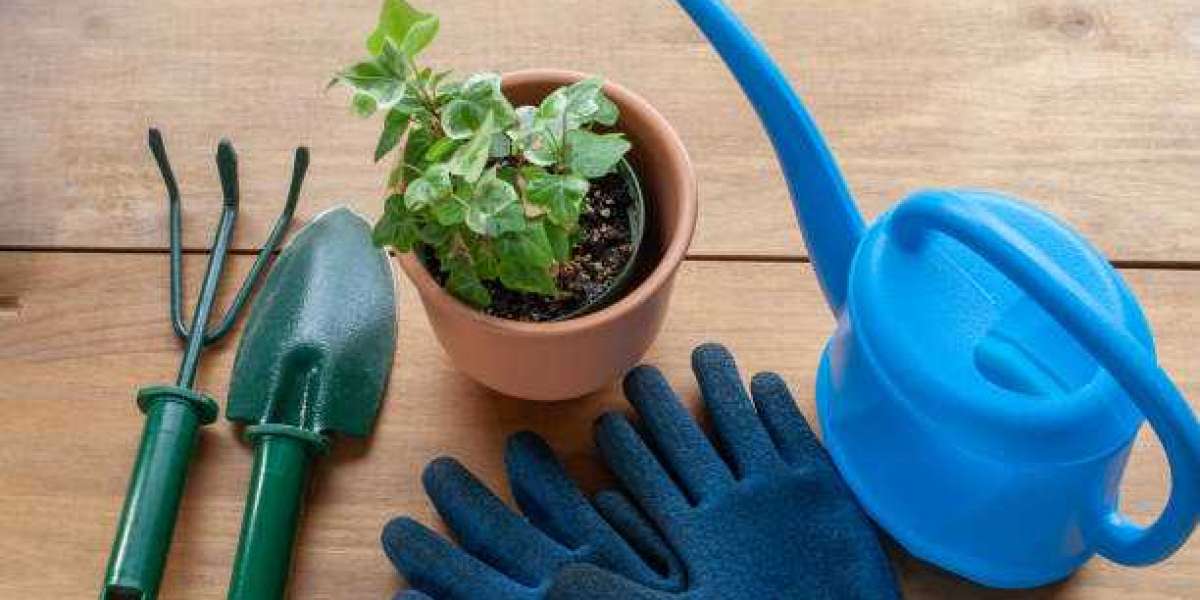Achieving healthy plant growth requires more than just watering and sunlight; soil aeration is a critical component that gardeners must not overlook. Garden forks and cultivators are designed specifically to address this need. Soil aeration ensures that the necessary air, water, and nutrients penetrate the soil, reaching plant roots effectively.
Garden forks, with their sturdy tines, are excellent for turning over soil, breaking up compacted earth, and integrating organic matter. They come in different sizes and shapes, including the broad fork, which is well-suited for larger tasks, and the border fork for more delicate work around existing plants.
- Border Forks: Ideal for smaller spaces and close-up work around plants.
- Broad Forks: Best for aerating larger beds and integrating organic materials TechThron.
Cultivators, on the other hand, are invaluable in garden maintenance. They come in hand-held versions or as attachments for garden tools. The purpose of a cultivator is twofold: to stir and aerate the soil, and to uproot weeds that compete for a plant's essential resources.
- Hand-Held Cultivators: Perfect for weeding and aerating in small or dense plantings.
- Attachment Cultivators: Attaches to tools for less physically taxing soil aeration and weeding.
When choosing a garden fork or cultivator, durability and comfort are key considerations. Look for tools made from high-quality materials such as stainless steel or carbon steel, which will resist corrosion and endure through heavy use. Ergonomic handles with a good grip can reduce fatigue and make the work much more enjoyable.
Incorporating the use of garden forks and cultivators into routine gardening practices ensures that plants have the optimal environment for root growth and nutrient absorption, leading to vigorous vegetation and a flourishing garden.
Weeders and Hoes: Secrets to Effective Weed Management
Effective weed management is essential for the health and aesthetics of any garden. Selecting the right tools can make this task easier and more efficient. Here's what every gardener should know about weeders and hoes.
Weeders come in various shapes and sizes, from short-handled precision tools for tight spaces to long-handled versions for larger areas. The quality and functionality of the weeder matter significantly:
- Fishtail weeder: Ideal for dandelions and tap-rooted weeds, its V-shaped head is perfect for extracting roots whole.
- Cape Cod weeder: With a narrow, pointed blade, it's excellent for cutting weeds in small spaces without disturbing surrounding plants.
- Japanese weeder (Hori Hori): A multi-purpose tool that combines digging and cutting abilities, useful for uprooting stubborn weeds.
Hoes, on the other hand, are designed to cut weeds just below the soil surface, and there are several types to consider:
- Dutch hoe: Push it forward to cut weeds using its sharp, flat blade.
- Stirrup hoe: Also known as the loop hoe, this has a double-edged blade that cuts on both the push and pull strokes, great for larger areas.
- Collinear hoe: With a long, narrow blade, it's perfect for skimming the soil surface and slicing weeds without excessive soil disturbance.
Gardeners should remember these tips for managing weeds:
- Sharpness: Keep the cutting edges of your weeders and hoes sharp for easy cutting and less physical strain.
- Ergonomics: Choose tools with comfortable handles and appropriate lengths to prevent back and wrist strain.
- Regular maintenance: Frequent, light weeding prevents weeds from maturing and seeding, which is less labor-intensive over time. Regularly check for new weed growth and tackle it before it becomes problematic.
- Mulching: After weeding, applying a layer of mulch can suppress new weed emergence, saving time and effort in the long run.
By investing in the right weeders and hoes and following these management secrets, gardeners can maintain their gardens with less effort and better results.








